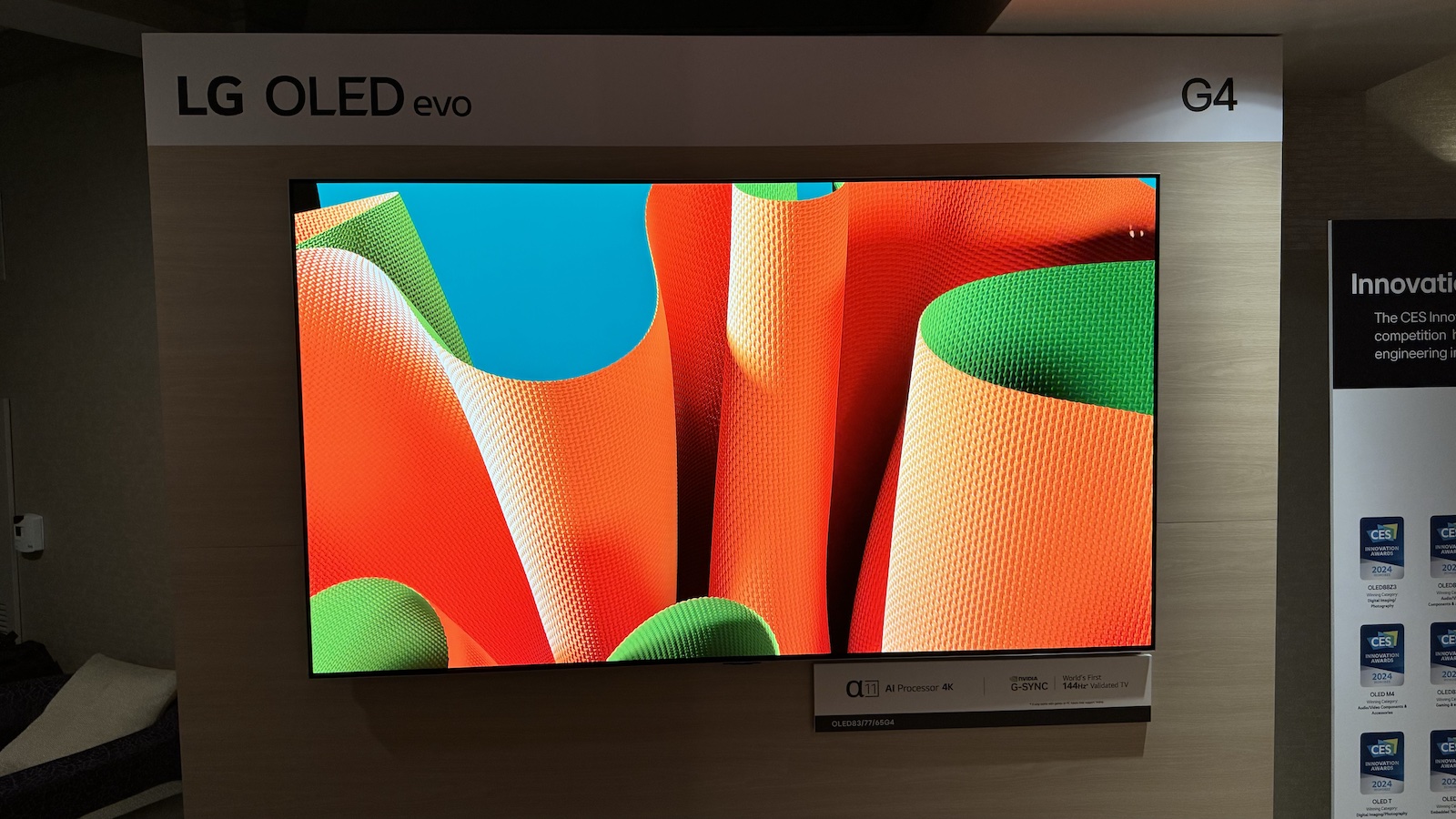
We saw an incredible number of new TVs and technologies at CES last month, but just as exciting is something we didn't see: 3700-nit OLED panels.
FlatpanelsHD reports that 'industry insiders' (as in, not journalists) were treated by LG Display to a demonstration of its 2025 OLED panel which, reports state, can already hit 3700 nits peak brightness. With months still to go in its development, it seems perfectly feasible that this panel could be capable of hitting 4000 nits by the time it makes its way into consumer OLED TVs.
For those not already in the know, nits are a measurement of brightness, with one nit roughly equivalent to the light of one candle per square metre (here's our full nits and lumens explainer), and OLED's detractors have long claimed that the technology doesn't have enough of them.
However, in recent years, OLEDs have been getting exponentially brighter: 2022 saw the launch of the first 1000-nit OLED TV, MLA and QD-OLED technology took brightness up to 2000 nits last year, and next-generation versions of both are available now and said to be capable of hitting 3000 nits.
With each of these jumps, the assumption from some has been that OLED technology has finally hit its brightness limit, but it seems that that's still not the case. New materials are being developed and LG Display and rival Samsung Display are constantly developing new ways to make their competing takes on the technology more energy efficient and therefore able to be pushed brighter.
But do we need 4000-nit TVs? That's a great question, and one about which there is much debate. On the one hand, most movies and TV shows are mastered to well below 1000 nits. On the other hand, some movies have been mastered higher than that, with some (such as Pan) going right up to 4000 nits. Sony recently launched a 4000-nit mastering monitor and believes that brighter movies will become more common in the future. In fact, Sony has developed a next-generation TV backlight technology, seemingly primarily because it doesn't see OLED as being capable of going bright enough to recreate these super-bright movies – a surprising move in light of these ongoing improvements to OLED panel tech.
The other argument for brighter TVs is that they are needed in order to compensate for ambient lighting conditions. 800 nits looks beautifully bright in a pitch-black room, but turn the lights on and suddenly it looks a bit dull. With enough headroom, a TV can ensure that a movie has just as much impact in all lighting.
Wherever you sit on the brightness debate, it seems that even brighter OLEDs are on the way, spurred on by the intense competition between LG Display and Samsung Display.
MORE:
Everything you need to know about nits and lumens
These are the best TVs you can buy right now
First impressions of Sony's next-gen backlight tech







